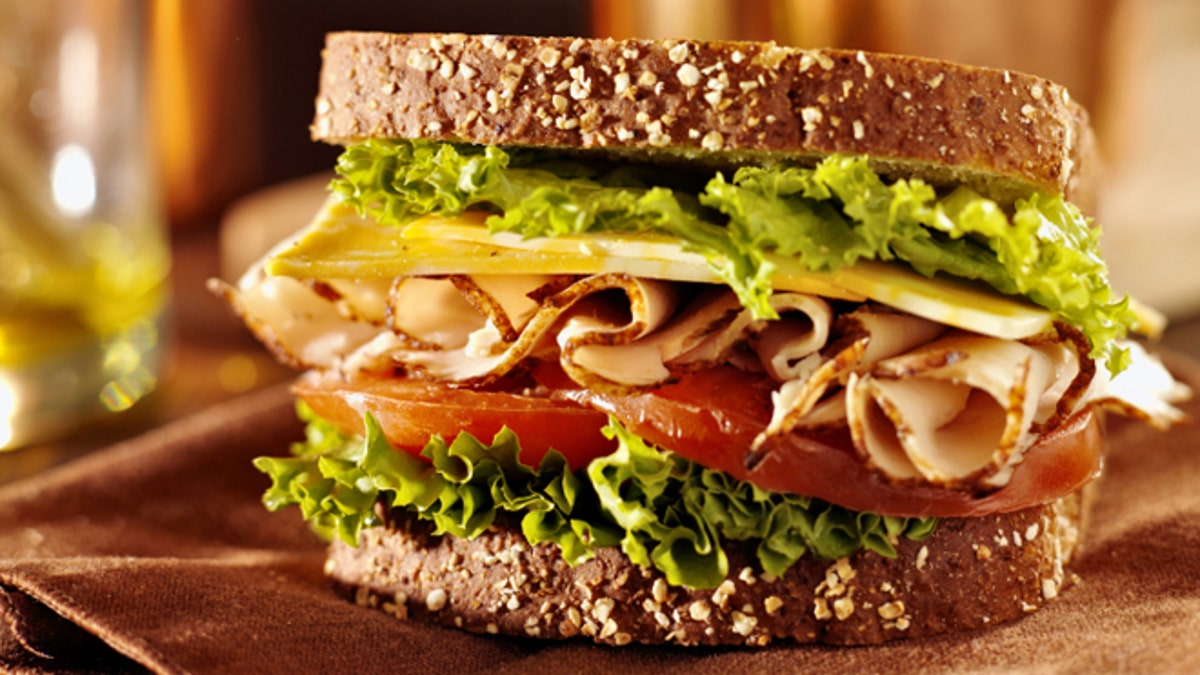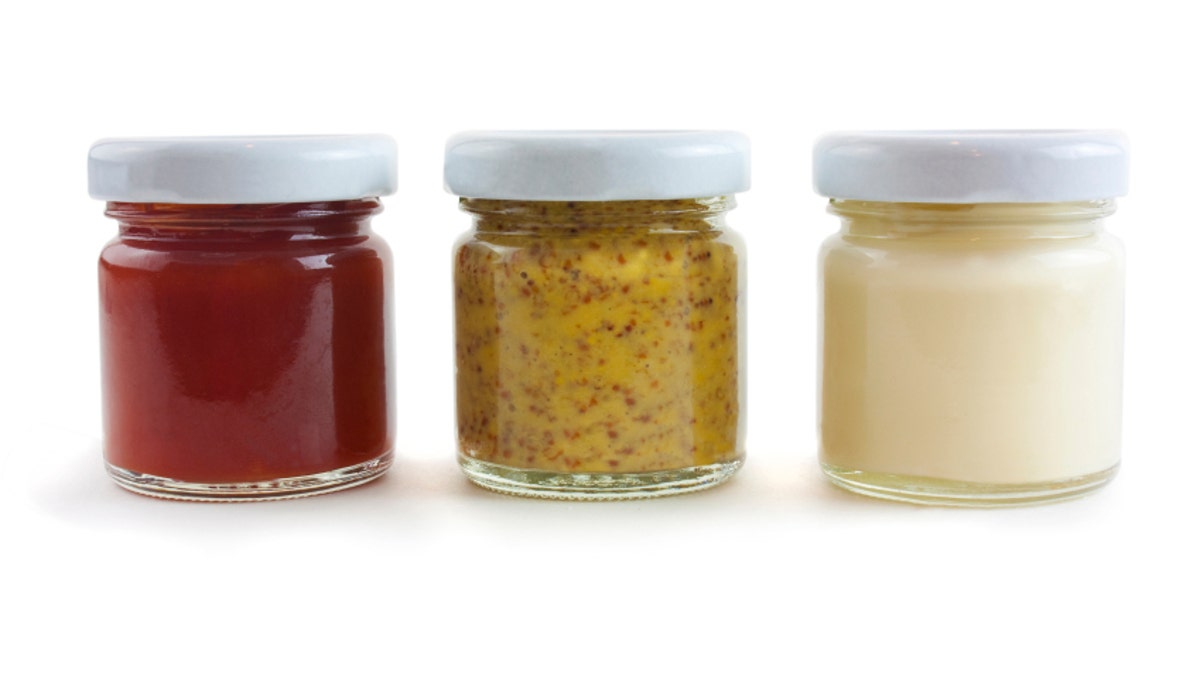
deli meat sandwich with turkey (iStock)
A really good sandwich is greater than the sum of its parts. Somehow, it's possible to take the exact same ingredients used in an okay sandwich—meat, cheese, vegetables, condiments, bread—and rearrange them into something that's transcendent. But it's not just some kind of sandwich mysticism that separates the great sandwiches from the mediocre.
You can avoid stumbling into bad sandwich territory by strategically layering, cutting, and toasting. The facts: a properly-layered sandwich holds together better, prevents the bread from getting soggy, and achieves optimal texture. And it's as simple as considering which ingredients go where.
Balance Your Fillings
Make sure you have a range of textures (silky, crunchy, dense, creamy) and flavors (fatty, fresh, spicy, tart). Balance is key: you don't want to add too many condiments and have them fall off in giant globs, for example.

OLYMPUS DIGITAL CAMERA (iStock)
Slice the Fillings Down to Size
Have you ever bitten into a sandwich only to have all of the fillings slide out? To avoid this, make sure all fillings are either easy to bite through—thinly-sliced meats, cheeses, and vegetables work better than thick ones—or cut into bite-sized pieces.
Pair Off Your Flavors
Next, pair off your sandwich fillings into tasty combos. Mustard and cheese taste great together. So do mayonnaise and tomatoes. So why would you put them on the opposite ends of your sandwich? Other sandwich layer pairings to consider: Meat and pickled vegetables. Lettuce and vinaigrette. Any fresh vegetable and salt, pepper, or other seasonings.
Strategize Layering
Now that you've got your sandwich components paired off, it's time to layer them together into an optimized whole. Denser textures (meat and cheese) work better at the bottom of the sandwich, while vegetables and crunchy elements work better towards the top. You may also layer lettuce throughout to create extra friction, which will prevent dreaded sandwich filling slippage.

Jars of sauces including mustard, mayo and tomato sauce (iStock)
Condiments work best spread directly onto the bread, but play around. Rules are made to be broken: maybe you want hot sauce drizzled over a specific vegetable, or you want mustard spread directly on top of meat.
Consider Timing
How soon will you eat your sandwich after it's made? If it's going to be awhile—say you're making a sandwich in the morning to eat at lunch—consider spreading a thin layer of butter on the bread. This will prevent the bread from getting soggy.
Alternately, try using a super crusty bread and letting it soak up liquid on purpose, muffaletta-style. Pile these sandwiches high with meat and pickled vegetables, wrap them tightly in plastic wrap, and wait for magic to happen by lunch time.
Get more tips on how to become a sandwich-making pro.
More from Epicurious
12 Lightning-Fast Chicken Dinners to Make Now
This Recipe For Boiling Water Has 908 Comments
These Addictive, Amazing 22-Minute Meals Will Change Weeknight Dinner
Chocolate Overload: 10 Must-Try Recipes for True Chocoholics




















